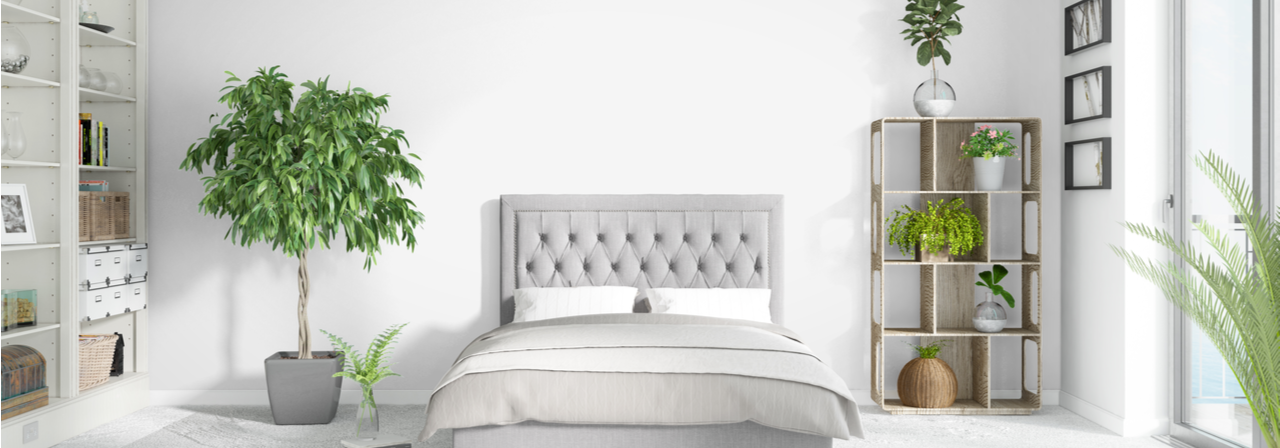Succulents, indoor house plants, and even makeshift kitchen herb gardens are all the craze right now, but dedicating the time, effort, and green thumb know-how to keeping these plants alive can be a bit of a challenge. However, if you’re a homeowner and you’re looking to add a little greenery to your life but you simply don’t have the time for the upkeep, then look no further! We’ve made a list of house plants you “probably” can’t kill.
Aloe Vera
Aloe vera is one of the most hearty of house plants you can keep growing even if you don’t have the greenest thumb. Aloe vera, also known simply as aloe, is an evergreen succulent that does well indoors as a house plant and outdoors in dry, hot, or even temperate climates with little to no proper care.
Aloe plants can be watered as little as every couple of weeks and can be planted virtually anywhere in your home as long as they are in well-draining, often rocky or sandy soils. You can also grow aloe outdoors in larger pots, and transplant the offsets or daughter plants to create new ones. Finally, you can use aloe vera to treat sunburns, rashes, and other medicinal purposes!
Spider Plant
Spider plants are another popular “can’t kill” house plant for the novice gardener. These plants, scientifically known as chlorophytum comosum, is a flowering plant native to the continent of Africa. Their spindly, spidery appearance gives this plant their moniker.
Spider plants do well with abundant natural sunlight but can be quite at home on a porch, patio, or balcony with less-than-perfect light. Spider plants are best watered infrequently and from the bottom, so in order to keep your plant alive, put the pot in a small dish of water and allow it to soak up its nourishment from the bottom up! Finally, propagate this plant from the daughter plants at the end of its long stalks.
Philodendron
Philodendrons are a genus of nearly 500 species of plants throughout the world, but many of the common varieties can be grown in your house with very little effort. The most common house philodendrons are vinous plants that often are grown from high perches and allowed to cascade down over time as they grow.
Philodendrons are hearty plants that can grow in a variety of indoor conditions. They prefer strong, natural lighting, but can be just as comfortable growing in low light or even artificial light environments. Philodendrons have relatively low water requirements but should be looked after approximately once a week or if the leaves begin to whither.
Snakeplant
Snakeplant, scientifically known as dracaena trifsciata, is another plant native to West Africa, the Congo, and Nigeria. Known informally as mother-in-law’s tongue or viper’s bowstring hemp is a vertically-growing, drought-resistant plant perfect for your indoor planting endeavors.
Unlike most plants that exchange carbon dioxide for oxygen throughout the day, snakeplant has adapted to the hot African environment to actually save its precious oxygen exchange for the cooler nighttime. So if you notice the air in your home becoming fresher overnight, then credit this hearty, resilient house plant as the key contributor!
A Home for Houseplants
While growing virtually indestructible house plants may seem like an exciting project to take on, the first step is really to actually own a home. If you’re looking for new digs to start your indoor garden, then consider getting in touch with the loan experts at Tidewater Mortgage Services, Inc. Tidewater has over 20 years of experience helping green thumb homeowners like yourself find the perfect solution for buying their new home!


